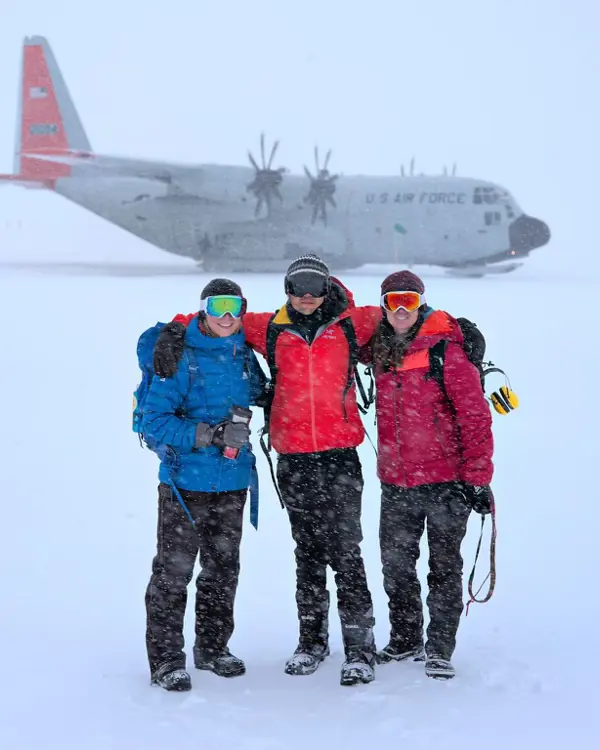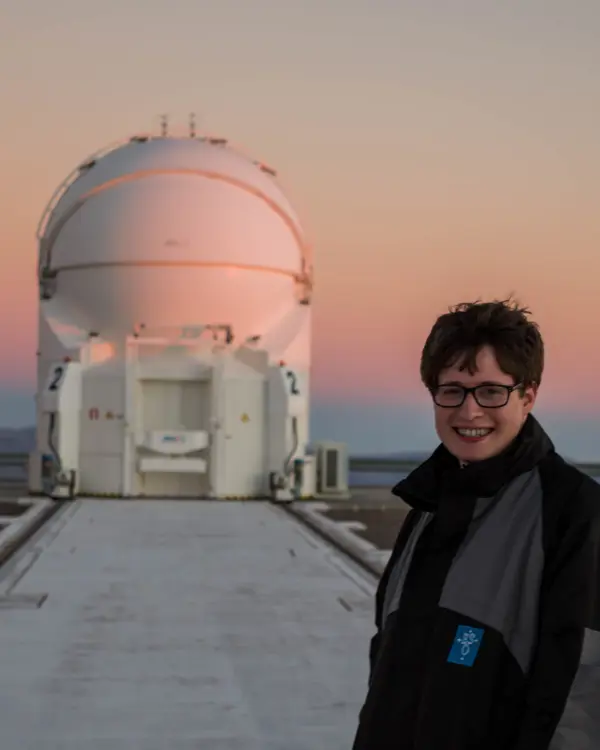
Forecasting Tipping Points
Backed by £81m, this programme sits within the Scoping Our Planet opportunity space and aims to enhance our climate change response by developing an early warning system for tipping points.
Meet the R&D Creators
We’re bringing together 26 teams of experts in climate science, optics, computer science, mathematics, statistics, photonics, and nuclear physics – spanning startups, academia, and non-profit R&D organisations – to define and detect the earliest signs of climate tipping points.
They will work across three deeply interconnected technical areas (TAs): designing an affordable, sustainable, and just sensing system; deploying new and existing sensing systems in the Greenland Ice Sheet and Subpolar Gyre; and developing new modelling methods.
Together, they aim to develop an early warning system for climate tipping points, equipping leaders with the information they need to adapt to and mitigate the worst impacts of climate change.
*Some teams are subject to contract negotiation.
TA1 + TA2 | Developing new sensing systems and pushing to rapid deployment
These 16 teams will design an affordable, sustainable and just sensing system that addresses our unmet observational needs in challenging polar environments. Then, through a coordinated multi-year field campaign, they will deploy existing and new sensing systems targeted at the Greenland Ice Sheet and the Subpolar Gyre.
ICEBERG: Integrated Cryosphere Environmental Baseline Exploration and Remote Geosensing
Peter J. Christopher, Sal La Cavera III, Connor Taylor, + Benjamin Newsome-Chandler, Ryme + David Grys, Innotronics
Arctic DronePort
Mathieu Johnsson, Marble
GAMB2LE: Greenland Automated Mass Balance and Boundary Layer Experiment
Ryan Reynolds Neely III, Sarah Barr, Heather Guy, University of Leeds and the National Centre for Atmospheric Science
FULL-OCEAN-FIBRE: Novel depth-resolved and ocean-wide sensing using subsea cables to enable a sustained early warning system for the Subpolar Gyre
Carl Spingys, National Oceanography Centre
Oshen-SWARM: Scalable Waterborne Autonomous Research Modules
Anahita Laverack, Oshen
GIANT: Greenland Ice sheet to Atlantic tipping points from ice loss
Kelly Hogan, British Antarctic Survey

"Our team has over 40 years of combined experience in making polar observations. We've united together on GAMB2LE as we all have a shared vision and passion to push beyond the current standards in observational science and create a technology that will open new doors to understanding our world."
AEROSTATS: Aerial Experimental Remote sensing of Ocean Salinity, heat, advection and Thermohaline Shifts
Christine Gommenginger, National Oceanography Centre
OTTER: Exploiting optical turbulence as part of a climate tipping point early warning system
Ollie Farley, Durham University
POLEMIX: Autonomous profiling observations to unravel the role of mixing in North Atlantic climate tipping points
Bieito Fernández Castro, University of Southampton
TUNUMI SILASIORFIIT
Anders Læsøe, ASIAQ
Optical Geophysical Sensors Networks for Ocean Monitoring
Martin P.J. Lavery, The University of Glasgow
CryoWatch
Steve Tate, Voltitude

"My background is in optical turbulence measurement for astronomy and satellite communications. This work represents a exciting new direction for me and the group, applying my knowledge of optical turbulence in a new and important domain."
GRuMPS: Greenland Runoff Monitoring from Passive Seismology
Stephen Livingstone, The University of Sheffield
PALS: Persistent Autonomous LiDAR Sensor for low-cost subsurface observation of climate-critical biogeochemical parameters
Struan Dalgleish, Fraser Dalgleish, Imirfada Ltd | David McKee, University of Strathclyde
CosmicRay: Ice sheet instability monitoring using distributed cosmic ray sensors
Patrick Stowell, University of Sheffield
Connecting Subsea to Satellites
George Morton, Online Oceans
Previous funding calls in this programme
The projects we are funding have been selected from teams and individuals who applied to our previous funding calls for this programme. You can read more about these calls below.
The Creator experience
What you can expect as an ARIA R&D creator.
Applicant guidance
Discover the process of applying for ARIA funding and find key resources.
